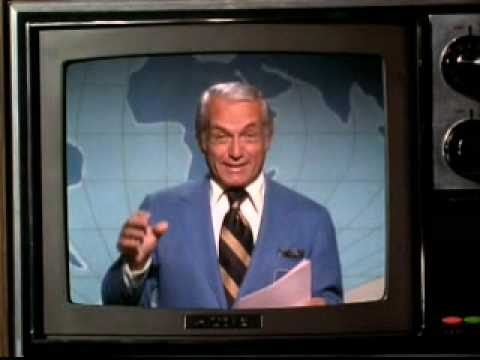
Posted on 05/12/2014 10:02:22 PM PDT by BenLurkin
A new meteor shower spawned by a comet is due to light up the sky next week, with some forecasters predicting up to 200 "shooting stars" per hour — a potentially spectacular opening act for the meteor display.
If it performs as expected, the never-before-seen Camelopardalid meteor shower is due to peak overnight on May 23 and 24 as the Earth passes through a debris stream left by the Comet 209P/LINEAR nearly 200 years ago. The new meteor display could rival the brilliance of the annual Perseid meteor shower that graces the night sky each August.
(Excerpt) Read more at space.com ...
It's going to be fun watching the news reporters try to pronounce that one.

That will be only a down payment in reparations for comet Ison.
Exciting! Thanks for posting.
Viewing satisfaction is inversely proportional to media hyped expectations. Hoping this pans out, but not holding my breath.
I’ve seen (barely, or almost) too many fizzled “possible” comets of the century/lifetime to get excited about a hypothetical new meteor shower of “possible” storm proportions.
I’ve also seen some fantastic displays, especially of Leonids, and Perseids; and 3 or 4 truely stunning comets; and a couple of daytime/twilight fireballs: it isn’t the sky that disappoints, but the failure to come anywhere near what the hype leads one to expect to see.
Going out and laying in a field in the summer, and seeing a dozen nice meteors in a 90 or so minute period is awesome...unless all the sites and articles kept insisting there “should be” 40-60 per hour.
Oh, wait! There WERE 40-60 per hour, but the hypers failed to mention that most wouldn’t be visible to the naked eye; but if you listened in on the meteor radar broadcast, you could definitely hear their ‘piiiiings!’ Watching a meteor shower on the radio is really pretty disappointing to the average viewer.
I’ll be vacationing in the desert next week. I plan to see this one.
About a trillion radio meteors enter the atmosphere daily. A bane for HF OTH radar, btw.
I don’t know if they mentioned it, but this shower will peak about 07:00 UTC, or about 03:00 ET. It will be best seen in the northeastern US and Southern Canada.
The radiant is about 10 degrees (a fists width) away from Polaris (the north star). If you think of the radiant as the hour hand of a clock moving around Polaris, it moves from about the 8:30 to the 6:30 position between 02:00 and 04:00 ET.
Wishing all clear skies and good views.
Cool. Thanks.
The best meteor show I’ve seen was the Perseids, from high in the Wind River Mountains back in 1998. I saw one tremendous flaming fireball at dusk. Spectacular.
We watched the 1998 Leonids from a dark location here in the Black Hills. They were spectacular, even though relatively low on our horizon. Exploding fireball after exploding fireball, lighting up the interior of the truck (it was cold!), casting distinct shadows, and sounding like distant artillery.
Never seen or heard anything like it, before or since.
How does one listen to meteors?
http://www.amsmeteors.org/ams-programs/radio-observing/
http://www.popastro.com/meteor/observingmeteors/radioobserving/index.php
Thank you very much.
This is one of them: Listen to radar echoes from satellites and meteors, live on listener-supported Space Weather Radio.
I believe there are other equally exciting and informative sites on the Web, where one can watch wall paper dry or grass grow.
Thank you.
Sounds like the perfect place to star gaze and watch a meteor shower. God blessed you with a great opportunity to see the heavens declare His glory!
Disclaimer: Opinions posted on Free Republic are those of the individual posters and do not necessarily represent the opinion of Free Republic or its management. All materials posted herein are protected by copyright law and the exemption for fair use of copyrighted works.